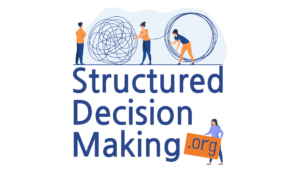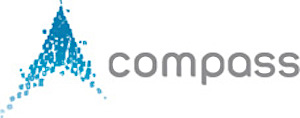
Why use structured decision making?
SDM is designed to help people, especially groups, work together on complex decisions. It does this by helping them clarify objectives, identify creative alternatives, and evaluate how well different objectives are satisfied by different alternatives. By collaboratively exploring key uncertainties and trade-offs, it builds shared understanding of complex data and analysis and promotes respectful deliberation about difficult value-based trade-offs and choices. Rooted in best practices from the decision sciences, it responds to calls for greater inclusivity, transparency and accountability in decision making about natural resources and the environment.
Where did it come from?
People have been making decisions collectively and deliberatively for thousands of years, and deliberative decision-making processes remain foundational for cultures throughout the world. Much can be learned from deep histories of decision-making and associated cultural practices. Today’s increasingly interconnected world poses uniquely demanding challenges for deliberative processes — how can we begin to understand the choices we need to talk about when the context is so complicated?
Since the 1950s, academics in the emerging fields of theoretical decision science and behavioural psychology began to develop ways of structuring complex decisions to make them more accessible to human beings.
SDM as a field of practice emerged as part of the response to the growing awareness among citizens, scientists [1] and policy makers, that most of the profound ecological choices we face, although technical in some aspects, involve important value-based judgments and trade-offs and should not be made by technical experts alone.
Rooted in best practices from the decision sciences, and informed by deliberative traditions from many cultures, SDM provides practical tools to realize calls for greater inclusivity, deliberation, transparency and accountability in decision making about interconnected social and ecological systems.
[1] A particularly influential report, from 1996, was National Research Council. 1996. Understanding Risk: Informing Decisions in a Democratic Society. Washington, DC: The National Academies Press. https://doi.org/10.17226/5138.
Decision analysis is a formalization of common sense for decision problems that are too complex for the informal use of common sense.
Ralph Keeney – Decision Scientist

What You’ll Find on This Site
This website has been developed to act as a resource to anyone interested in improving the quality of public decision making. This includes decision makers, planners and managers of natural resources, ecosystems and livable communities, as well as those seeking to engage in or support decision making processes, such as scientists and Indigenous knowledge holders, and the parties affected by the decision. It also aims to support decision professionals, including but not limited to SDM practitioners, and the designers and facilitators of collaborative planning processes more generally. Developed and maintained by Compass Resource Management, this site includes links to resources and work done by other SDM practitioners, with the goal of supporting the growing network of people contributing to the field.

